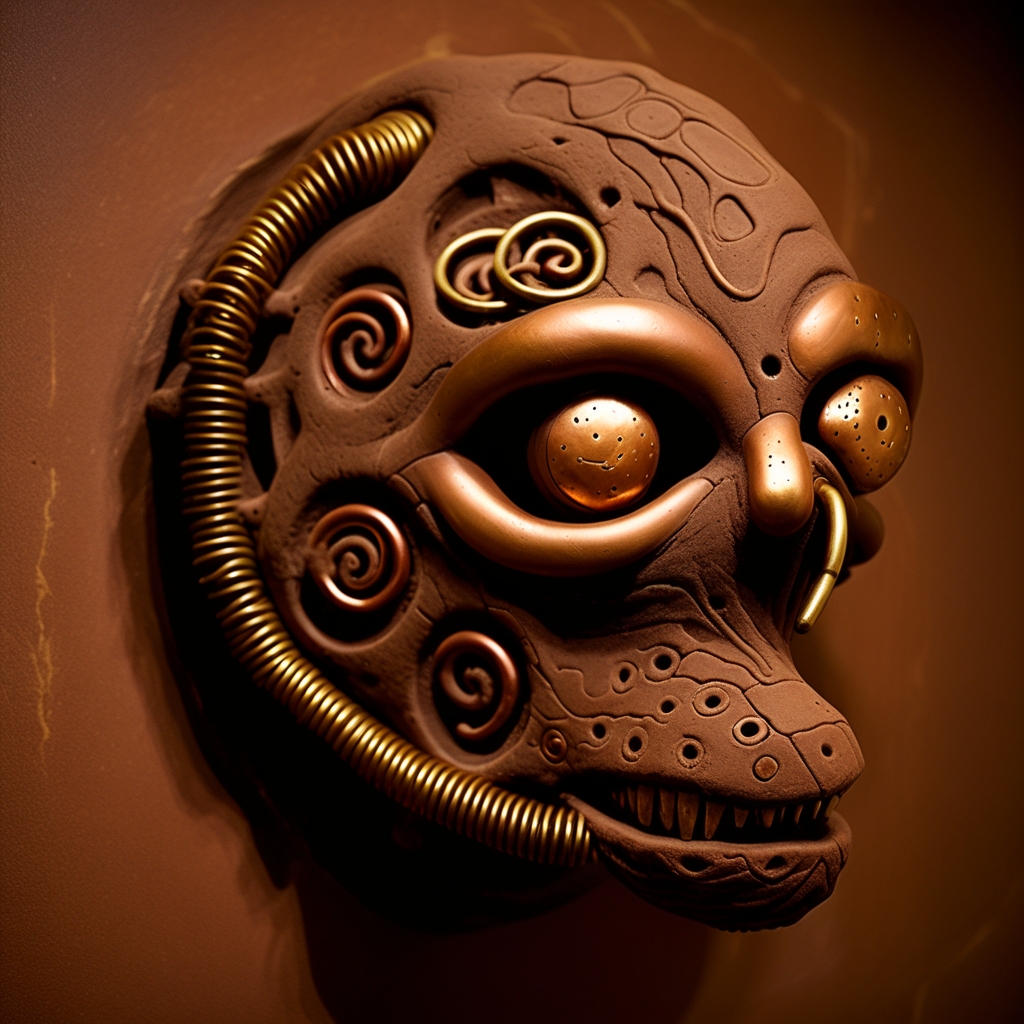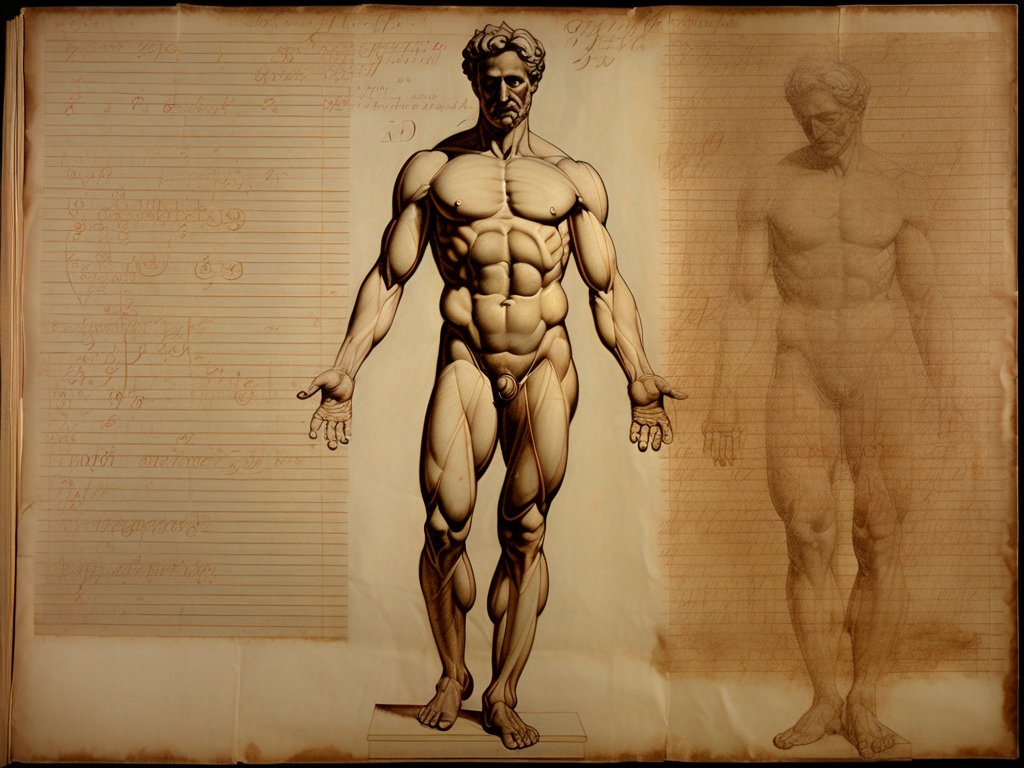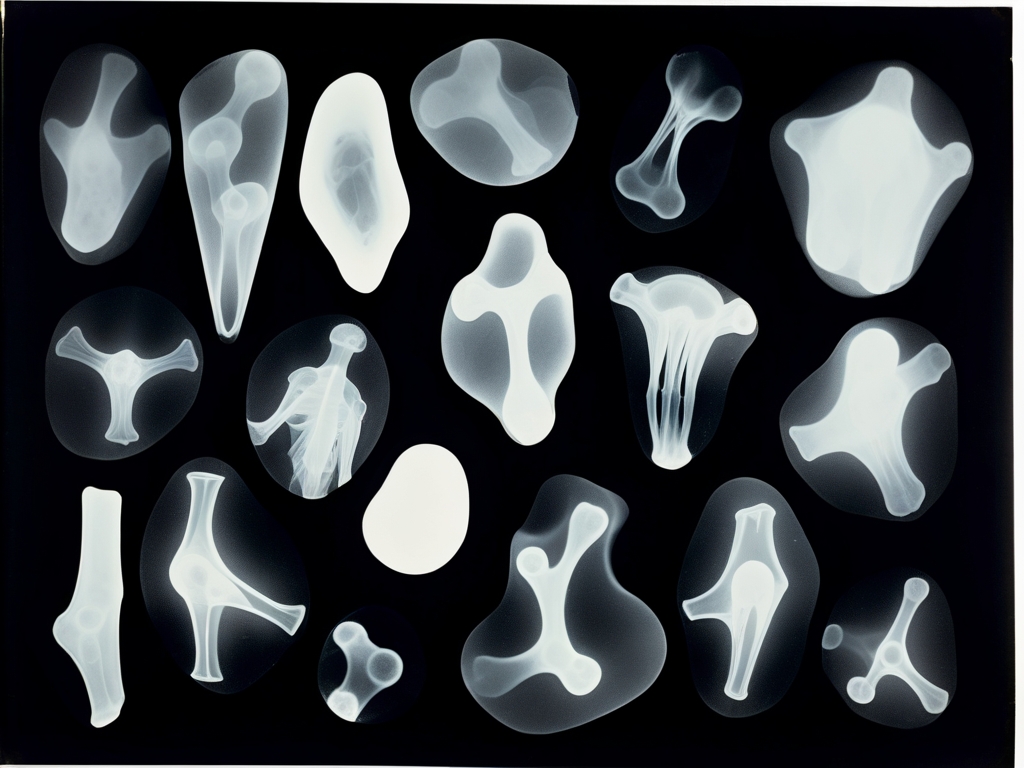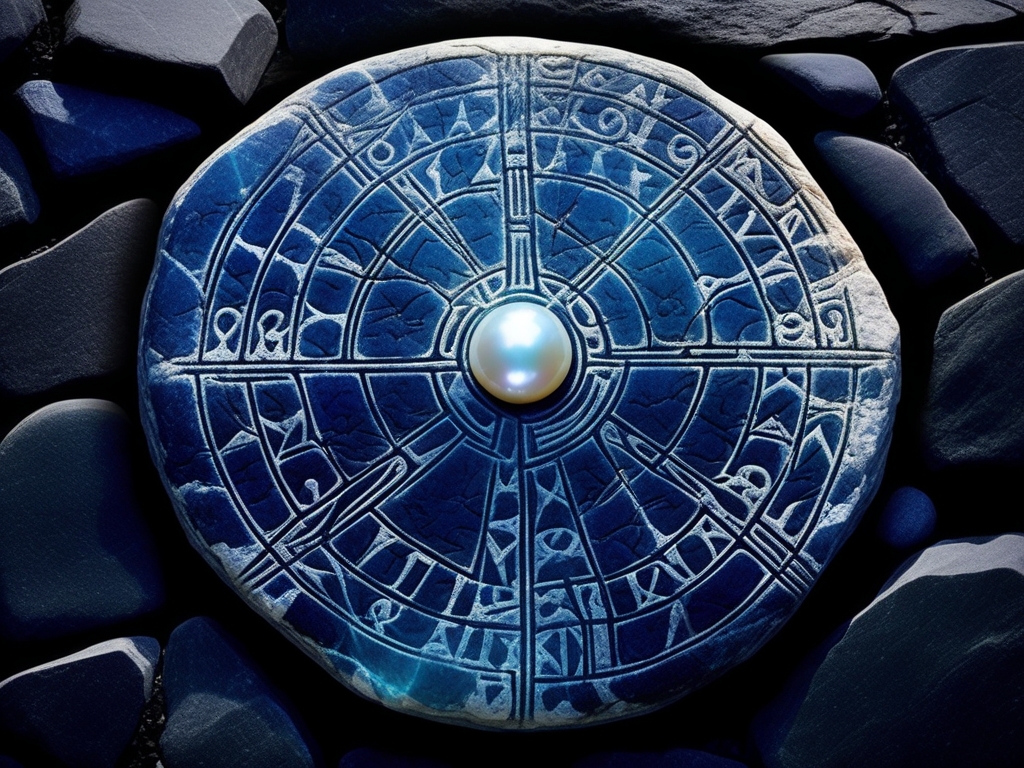The Gearwright's Beast

Behind reinforced glass within the Ravensfield Collection’s Industrial Wing rests a singular clay sculpture—an enigmatic figure whose frozen form seems to pulse with a life born as much from the viewer’s imagination as from its own tortured shape. This serpentine entity boasts a broad, primate-like snout lined with sharp teeth, while its sinuous body is intricately wrapped in spirals of copper coil, accented by polished brass fittings. The rough, aged surface of the clay is etched deep with patterns, mysterious hybrids of mechanical circuits and arcane symbols.
"It breathes the language of machines dreaming their own destruction." Dr. Evangeline Morse, Technomantic Archaeologist
Defying easy classification, this piece melds ancient sculptural craft with Victorian industrial artifice. Impressions reminiscent of coiled springs and tubing are embedded into the clay before firing, suggesting a creature that exhales steam rather than breath. Its eyes—round copper rivets nestled beneath sculpted eyelids—gleam with an unsettling intelligence that hints at a time before machines yet somehow beyond mere flesh.
Crafted within the shadowed workshop of Cordelia Thorne, Royal Engineer to the Crown’s most secretive industrial endeavors, the sculpture dates to 1871. Deep inside the belly of Whitmore Foundry—where experimental steam engines stretched metal to its breaking point—Thorne’s colleagues dismissed her ominous warnings about resonance frequencies that could shatter far more than iron.
Blessed—and cursed—with a synesthetic gift, Thorne felt mechanical strain as physical agony, giving her a unique insight into engines’ inner turmoil. She spoke of dreams filled with mechanical beasts whispering languages of torque and tension—visions portending catastrophic failure.
As the foundry’s prototype engine began to oscillate toward disaster, Thorne fashioned this twisted clay figure over three sleepless nights—a tactile embodiment of peril shaped by trembling hands when words could not suffice. Its coiled anatomy mirrors invisible harmonic patterns rippling inside machines teetering on destruction’s edge.
On March 15th, 1871, she entered the forge clutching this prophetic form and stood beside a flywheel racing toward fatal velocity. Her body became the final dampener to save Westminster from ruin—a sacrifice that crushed her instantly even as it stilled devastation.
Discovered locked fast within her workshop vise, the sculpture became relic and warning: an ancient craft embodying industrial prophecy born from mortal terror.
Superstitious foundry men shunned it afterward, sensing its fearful power over mere equations. For decades it lay untouched beneath coal dust, absorbing whispered reverence from engineers who dared not disturb it.
In 1923 Dr. Ambrose Ravensfield acquired the piece from Thorne’s nephew’s estate—alongside tales that its copper eyes glimmered mysteriously before every machine breakdown in his household.
Visitors today find themselves irresistibly drawn to trace its spiraling ridges as if their touch might unravel hidden codes encoded within the creature’s tortured form. Despite climate controls, the clay exudes unexplained warmth; sensitive souls swear they hear faint echoes—the hiss of escaping steam through unseen valves—a mechanical heartbeat resonating Cordelia Thorne’s final gift: a warning forged in sacrifice for futures unknown.




